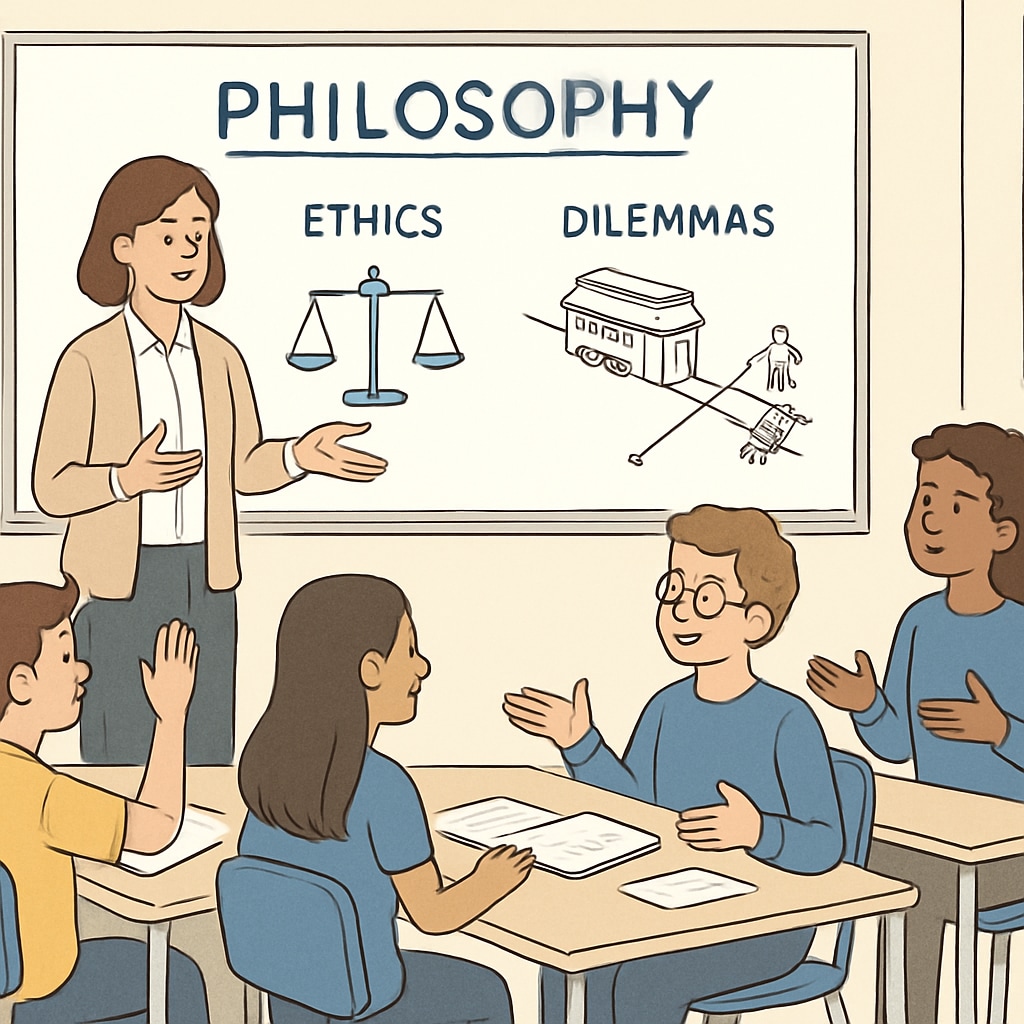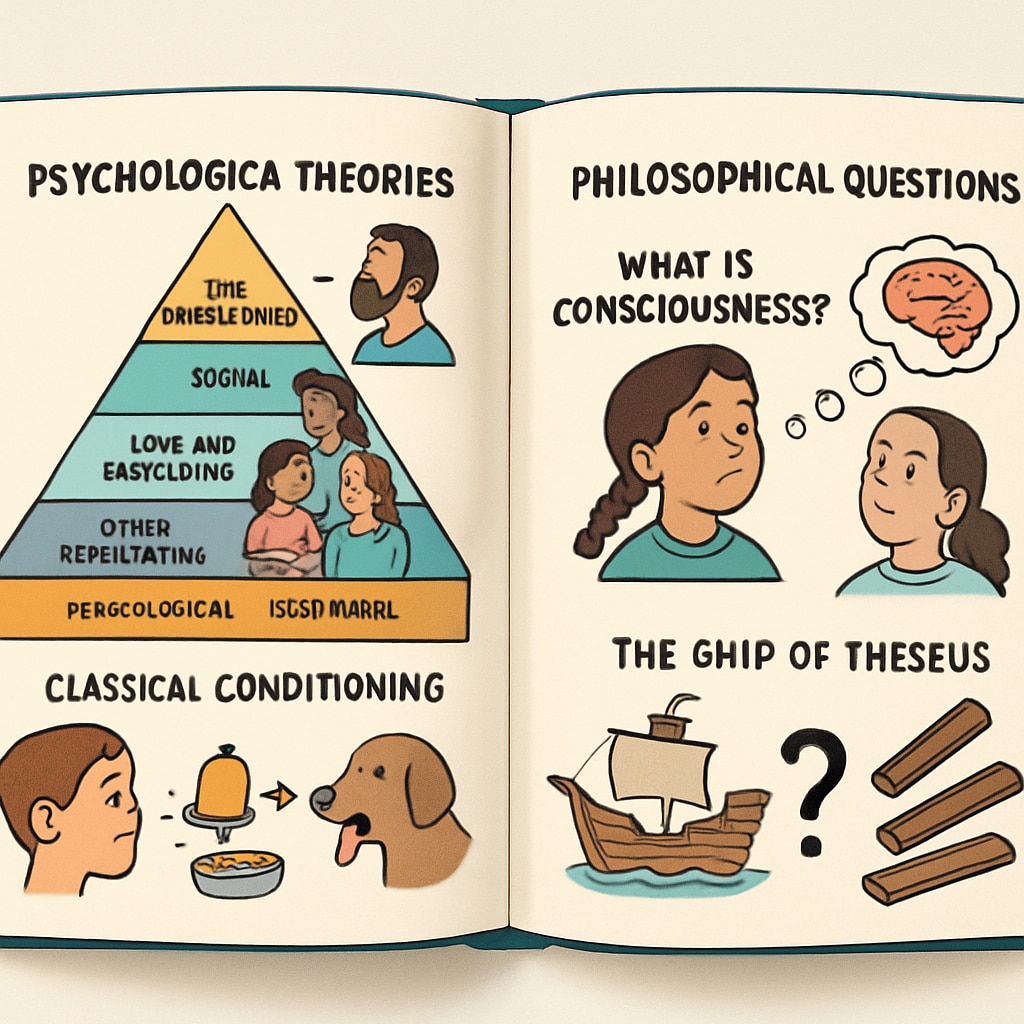Introducing psychology, philosophy, and self-learning resources to K12 students is a powerful way to foster critical thinking and self-awareness. These disciplines encourage young learners to question assumptions, explore human behavior, and reflect on life’s deeper meanings. However, finding age-appropriate resources and effective strategies can be challenging. This guide bridges that gap, offering practical tools and insights for educators and parents.
Why Teach Psychology and Philosophy in K12 Education?
Psychology focuses on understanding behavior, emotions, and thought processes. By introducing students to concepts like cognitive biases, emotional intelligence, and social interactions, we equip them with tools to better navigate their lives. Philosophy, on the other hand, delves into fundamental questions about existence, ethics, and knowledge. Engaging with philosophy helps students develop logical reasoning and moral awareness.
Both subjects promote critical skills such as analytical thinking, empathy, and self-reflection—skills that are valuable across all areas of life and learning.

Age-Appropriate Resources for Psychology and Philosophy
Choosing the right resources depends on the student’s age and developmental stage. Below is a breakdown of recommended materials according to age groups:
- Elementary School: For younger students, simple and relatable books like “What Do You Do with a Problem?” by Kobi Yamada can introduce basic psychological ideas. Philosophy can be introduced through storybooks like “The Trolley Problem” adapted for children.
- Middle School: At this stage, students can delve deeper with resources like “The Psychology Book” by DK for accessible psychology concepts and “Sophie’s World” by Jostein Gaarder for an introduction to philosophical ideas.
- High School: Older students can explore more complex texts, such as works by Carl Jung or Sigmund Freud for psychology and “Meditations” by Marcus Aurelius for philosophy. Online platforms like Coursera and Stanford Encyclopedia of Philosophy are also excellent starting points.

Strategies for Teaching Psychology and Philosophy
Incorporating these subjects into the K12 curriculum requires thoughtful planning. Here are some strategies that can help:
- Interactive Discussions: Encourage students to discuss ethical dilemmas or analyze psychological scenarios. Open-ended questions spark curiosity and deeper thinking.
- Project-Based Learning: Assign projects where students explore topics like “How emotions affect decision-making” or “What does justice mean?”
- Multimedia Tools: Utilize videos, podcasts, and interactive apps such as “Thinkr” for philosophy and “Mood Meter” for psychology.
- Role-Playing: Have students simulate real-life situations to better understand concepts such as empathy or moral reasoning.
These methods ensure that students actively engage with the material, making learning both enjoyable and impactful.
Benefits of Self-Learning in Psychology and Philosophy
Self-directed learning empowers students to explore their interests at their own pace. Platforms like Khan Academy offer free psychology courses tailored for beginners, while philosophy podcasts such as “Philosophy Bites” provide audio-based learning opportunities.
Additionally, journaling and reflective practices can help students internalize lessons and apply them to their personal lives. For example, encouraging students to write about their thoughts on questions like “What is happiness?” or “Why do people behave the way they do?” can lead to deeper self-awareness.
As a result, students become more independent learners, critical thinkers, and emotionally intelligent individuals.
Conclusion: The Lifelong Impact of Early Exposure
Introducing psychology, philosophy, and self-learning resources to K12 students is not just about academic enrichment—it’s about shaping thoughtful, empathetic, and reflective individuals. By providing age-appropriate materials and employing interactive teaching strategies, educators and parents can spark curiosity and cultivate lifelong skills.
Start your child’s journey into the fascinating worlds of psychology and philosophy today and watch them thrive as critical thinkers and compassionate individuals.
Readability guidance: Short paragraphs, clear transitions, and accessible language ensure this article is both engaging and informative for educators and parents. Resources are categorized for ease of use.


